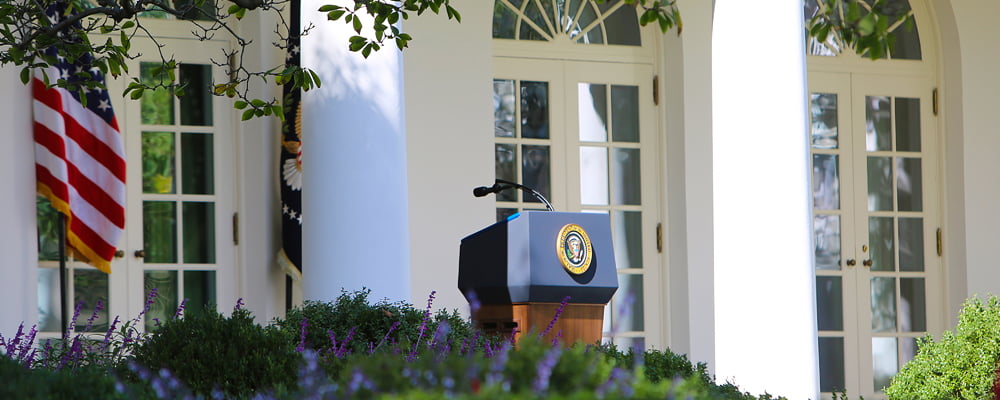The American Rescue Plan Act (the Act) signed into law March 11 provides a number of items to help aid economic recovery out of the coronavirus pandemic. The Act includes the following provisions:
- Makes the first $10,200 of unemployment benefits in 2020 tax-free for taxpayers making less than $150,00 per year
- Provides recovery rebates to individuals of $1,400, plus $1,400 per dependent
- Phase out begins as $75,000 for singles and completely phases out at $80,000
- For married couples, the phase out begins at $150,000, with a $160,000 phase out
- Continues COBRA coverage availability until Sept. 30
- Enhances the Child Tax Credit by making 17-year -olds a qualifying child for 2021 and increases the credit from $2,000 to $3,000 or $3,600 for children under 6
- Phase out begins at $75,000 for singles and $150,000 for couples
- Extends the Family and Sick Leave Credits through Sept. 30, with the limitation on the number of days taken reset March 31
- Allows the Employee Retention Tax Credit (ERTC) through the end of 2021
- Declares the discharge of student loan indebtedness will not be in come between Dec. 31, 2020 and Jan. 1, 2026
- Expands eligibility for the Payroll Protection Program (PPP) loans to all 501(c) organizations
- Creates funding of a $28.6 billion Restaurant Revitalization Fund.
The Act establishes a new Restaurant Revitalization grant program for restaurants and bars that have experienced a pandemic-related revenue loss. Amounts will be determined through a simple revenue calculation in 2020 compared to similar quarters in 2019.
Grants will be reduced by any amounts received from covered loans under the Small Business Act in 2020 or 2021.
Priority is given to small businesses controlled by women, veterans, or socially and economically disadvantaged owners.
Grant funds will be available to use for payroll, mortgage obligations, rent payments, utilities, maintenance, supplies, food and beverage expenses, covered supplier costs, operational expenses, paid sick leave, and other expenses deemed essential.
Applicants, including affiliates, must have 20 or fewer locations, to qualify for the grants.
At the time of this writing, guidelines for the new program were not established but should be by the time of publication.
In December 2020, Congress passed the Coronavirus Response and Economic Relief Bill, which included a provision to increase business meals deduction in 2021 and 2022 to 100 percent. Previously, business meals were deductible at 50 percent.
Clubs could see a boost in demand over the next two years as their members take advantage of the increased deduction for business-related meals.
The Act expands eligibility for the PPP by including all 501(c) organizations, including 501(c) 7 social clubs that do not fall under Small Business Administration regulations barring the participation of private clubs that limit their membership for reasons other than capacity.
Employers with less than 300 employees can apply for a second round of PPP loans. For clubs, this will be their first draw.
Loans are based on 2.5 times the average monthly payroll from 2019 or 2020. You have 24 weeks to use the PPP loan funds on payroll, employee benefits, utilities, rent, and interest expense.
After the 24-week period, clubs can apply for loan forgiveness from the Small Business Administration. Loan amounts not used on qualified expenses are subject to one percent interest and will need to be repaid within 24 months.
ERTC rules were enhanced for 2021. Small employers, as defined by having less than 500 full-time employees, are eligible to claim a credit on 70 percent of the first $10,000 of wages paid to each employee per quarter.
A full-time employee is defined as having worked on average more than 30 hours per week or 130 hours per month.
Small employers can claim the ERTC if they experienced a 50 percent reduction in gross receipts for any quarter in 2020 as compared to 2019. Alternatively, small employers can qualify for the ERTC due to a full or partial government suspension.
To qualify for a partial government suspension, the taxpayer must demonstrate that there was a more than nominal financial impact caused by a government shutdown.
A good conflict of interest policy practice is to provide a director’s consent form that requires a director to sign and agree to avoid conflicts of interest between their interests and actions they take on behalf of the club.
Confidentiality Agreement
Unfortunately, there are normally more leaks of confidential information on country club boards than just about any other business. These leaks concern private discussion, confidential club re cords, or discussions regarding club practices or policies. For some reason, club members think they should be privy to any information regarding actions of the board.
That is not the case. Club boards cannot effectively discuss sensitive issues. They end up with rumors or innuendo regarding those difficult decisions. There is one notable exception. The Florida sunshine laws related to club communities require open board meetings because of the potential for club boards to make decisions that could impact individual real estate values.
Club records, especially financial records and personnel records are proprietary and generally confidential. Financial summaries are regularly shared with the membership. However, very rarely are detailed financials made public. Club directors should be required to acknowledge the confidentiality of such records and agree to keep them confidential.
Breaking Confidentiality
The board meeting was over and the vice president and another director stopped at the club bar to have a drink before going home.
In the car on the way home, the VP got a call from a member chastising him on a decision that is pending before the board.
A rogue board member had immediately called another member after the meeting and broke confidentiality, and then that member called the VP.
Remember — a fish with its mouth shut never gets caught.
Many clubs have been under governors’ orders to reduce their capacity of indoor dining facilities.
For most clubs, this has resulted in a more than nominal financial impact and thus they should qualify to claim the ERTC so long as the club continues to be under a government occupancy restriction. Clubs can actually take advantage of both the PPP and the ERTC. You just can’t use the same wages to qualify for both.
Any PPP-covered payroll will not qualify for the ERTC. But if there are wages that are not covered by the PPP loan funds, then your club could qualify for the ERTC if there was a more than nominal financial impact from a full or partial government shutdown.
The window to apply for PPP loan funds was set to close March 31. President Joe Biden signed a deadline extension to May 31 the last week in March.
Clubs that may not have been impacted by a government shutdown will definitely want to apply for a PPP loan.
In general, the PPP loan will be more advantageous than the ERTC.
The ERTC could be available for a longer period of time, depending upon how long state and local governments place restrictions on indoor dining occupancy.
If your club is having difficulty navigating the complexities of the rules and regulations of either the Payroll Protection Program or the Employee Retention Tax Credit, contact PBMares.
As previously published in The Boardroom magazine.





